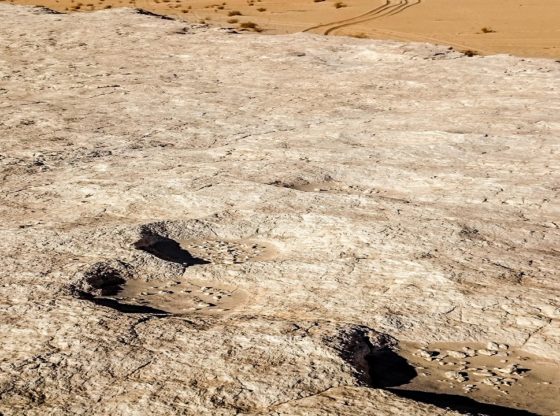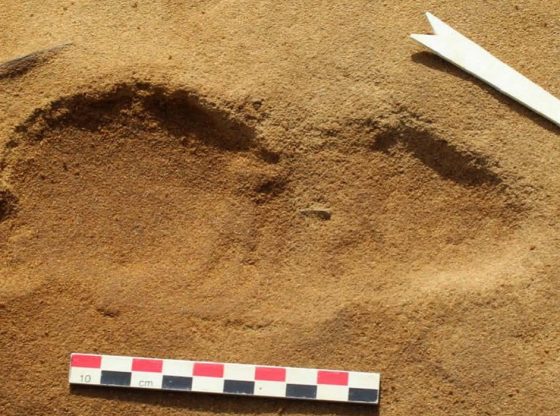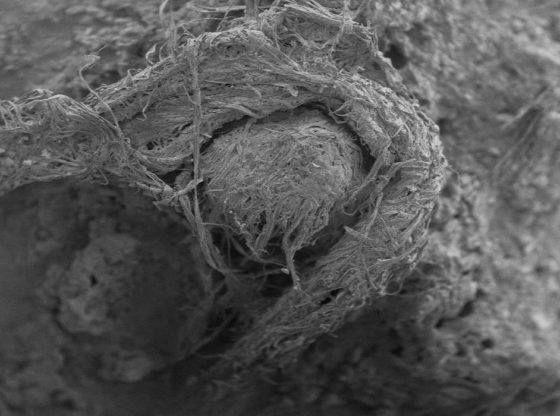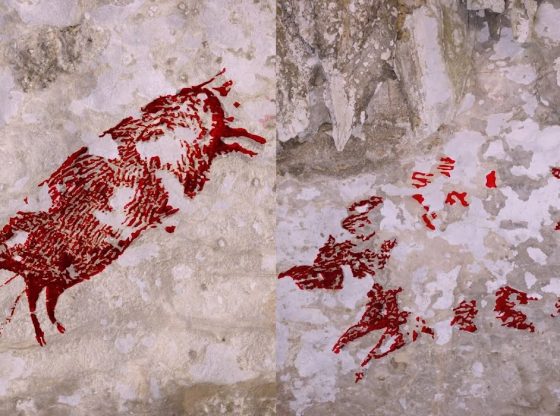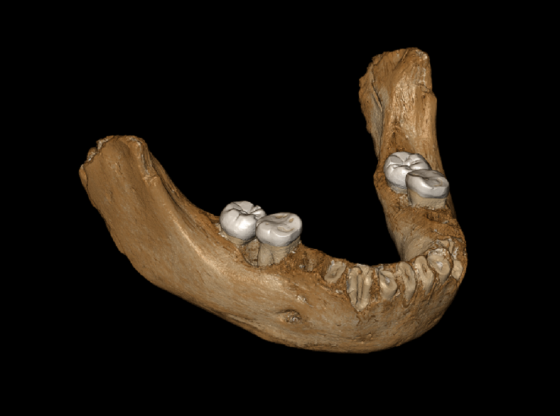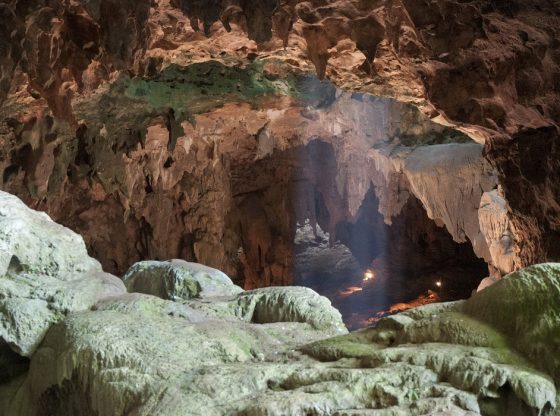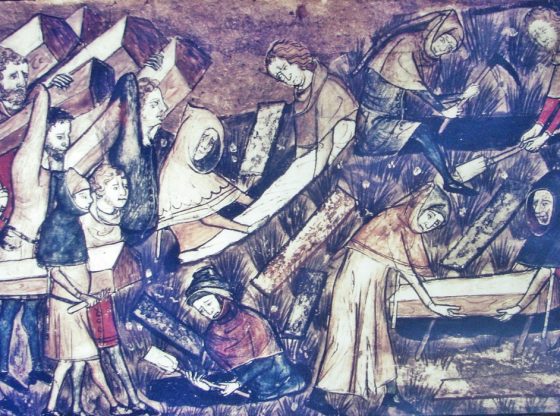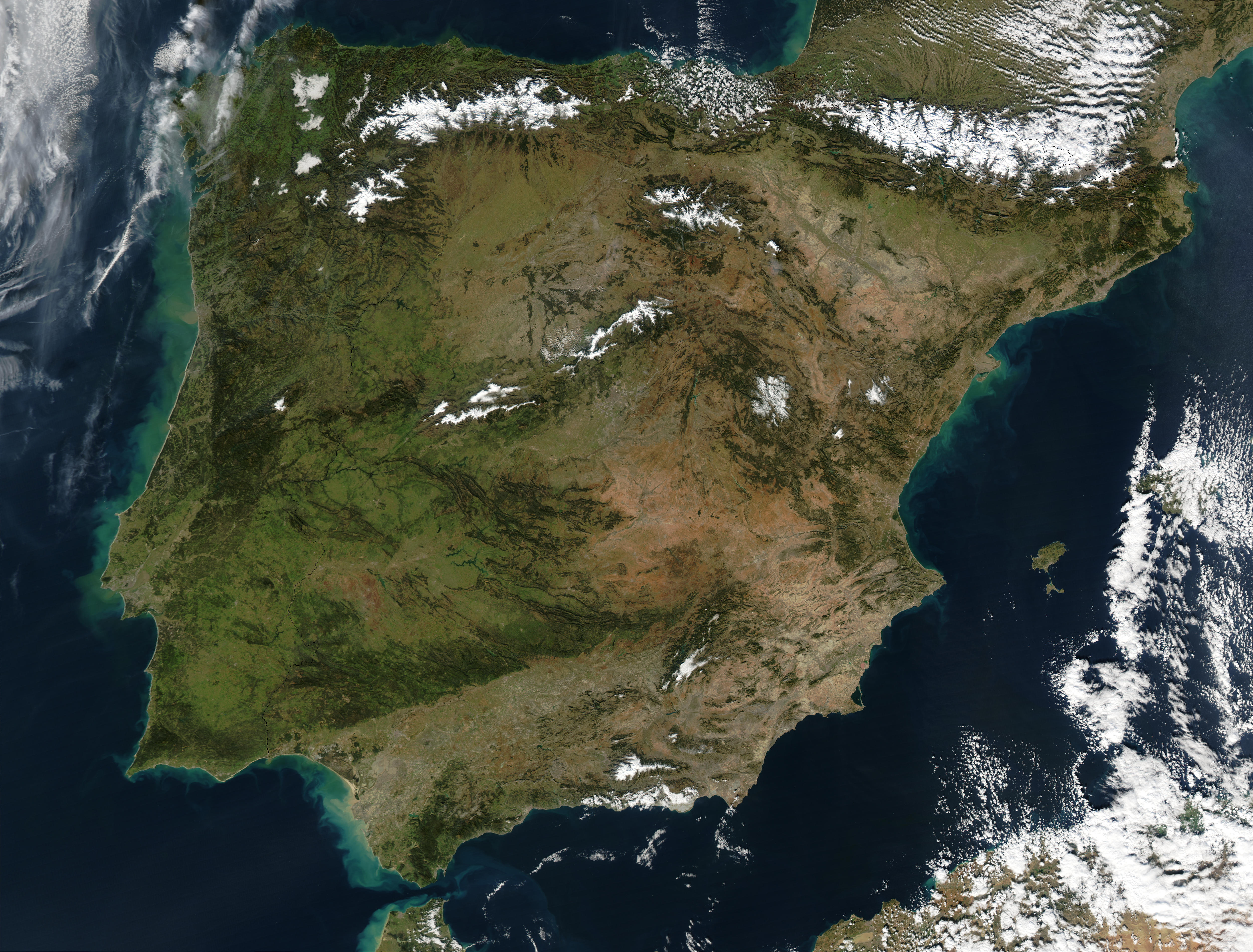
The Iberian peninsula was affected differently from the rest of Europe by the two major waves of immigration occurred during the younger Stone Age.
Spain and Portugal on the Iberian peninsula is an area in Europe that researcher having studied in a new genetic and archaeological study. The multidisciplinary study published in PNAS was conducted by an international team of researchers that combined archaeological, genetic and stable isotope data to encapsulate 4000 years of Iberian biomolecular prehistory.
During the younger Stone Age, two major immigration waves swept into Europe from the east. These two independent migrations spread farming practices across Europe. The first wave hit Europe from the Middle East and Anatolia. Bringing with them practices of farming. The second immigration wave consisted of shepherds from the large grasslands to the east.
The team analyzed human remains of 13 individuals from the north and south of Spain, including the rich archaeological site of El Portalón, which forms part of the well-known site of Atapuerca in Burgos and in itself harbors 4 millennia of Iberian prehistory.
Now, analyzes of the remains of remnants from the stone age show that these shepherds didn’t leave much of a genetic imprint on the Iberian peninsula as in northern and central Europe.
The study demonstrates that Neolithic Iberians show genetic differences to the migrant farmers that settled in Central and Northern Europe.
“This suggests that all early farmers in Iberia trace most of their ancestry to the first Neolithic people that migrated into the peninsula and that later contributions from their central European counterparts were only minor,”
– Archaeogeneticist Cristina Valdiosera from La Trobe University in Australia, one of the lead authors of the study.
Reference:
Cristina Valdiosera et al. Four millennia of Iberian biomolecular prehistory illustrate the impact of prehistoric migrations at the far end of Eurasia. PNAS 12 March 2018. DOI: 10.1073 / pnas.1717762115



